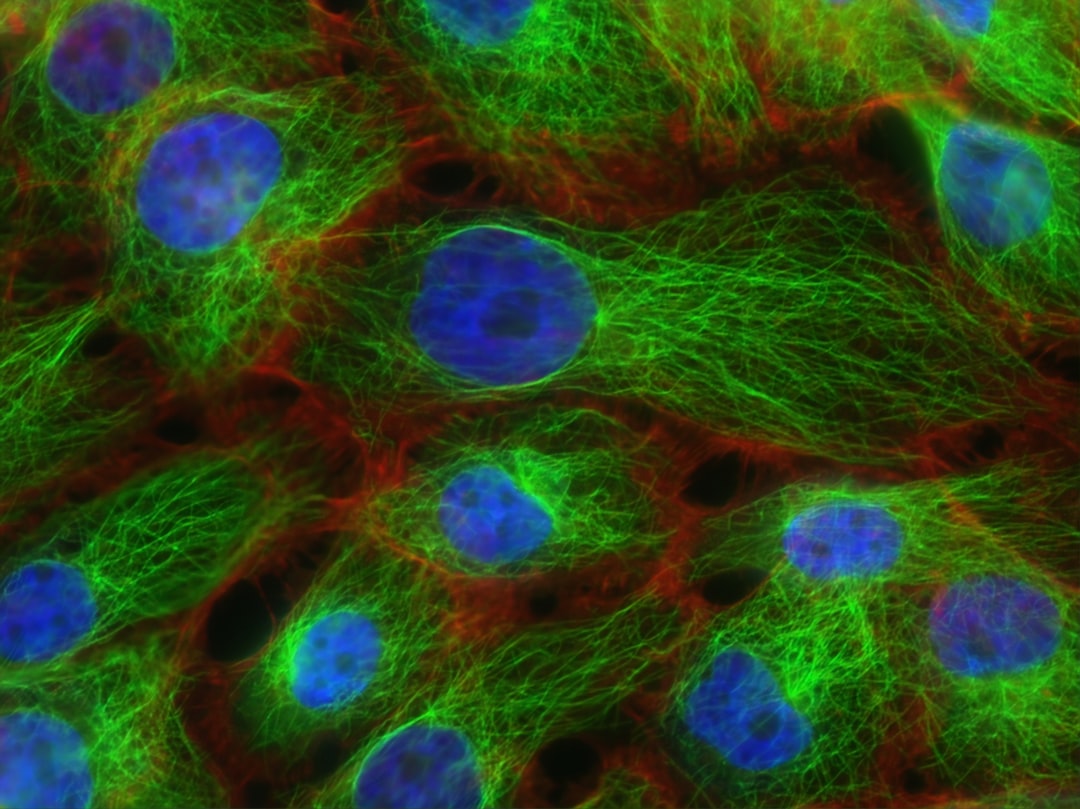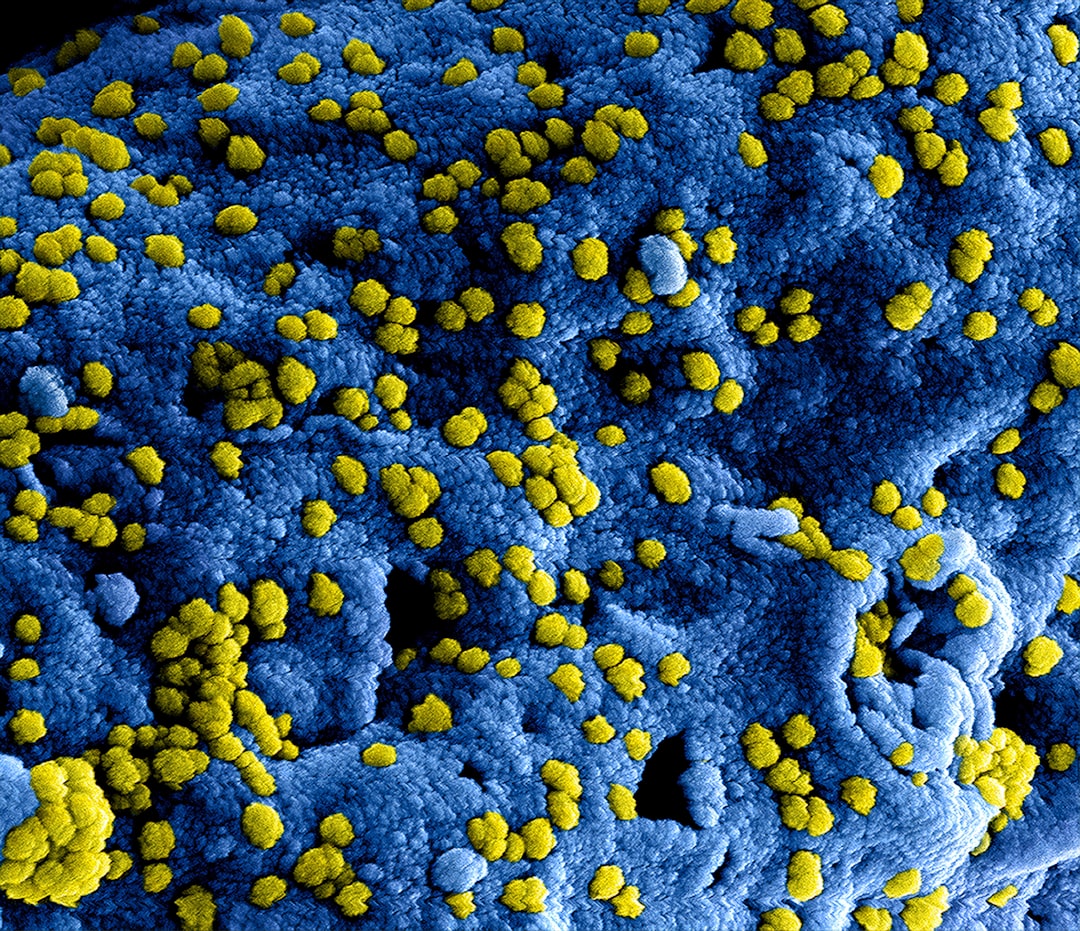What is it about?
Maize has tremendous phenotypic diversity that has allowed it to adapt to environments across the world, and has provided the substrate for it to be selected for multiple uses. In this study, we used RNA sequencing to identify gene sequences that differ among maize lines.
Featured Image
Why is it important?
We identified millions of single nucleotide polymorphisms supporting that substantial sequence variation underlies the observed phenotypic variation. An especially exciting outcome from the study was the observation that there are many genes present in one inbred line that are absent in other inbred lines. In fact, if you compare two unrelated inbred lines, 5% (2,000+) genes present in one will be absent in the other and vice versa. Outcrossing species such as maize carry a heavy mutational load, and presence and absence of genes is one component of this extensive sequence variation.
Read the Original
This page is a summary of: Insights into the Maize Pan-Genome and Pan-Transcriptome, The Plant Cell, January 2014, American Society of Plant Biologists (ASPB),
DOI: 10.1105/tpc.113.119982.
You can read the full text:
Contributors
The following have contributed to this page










